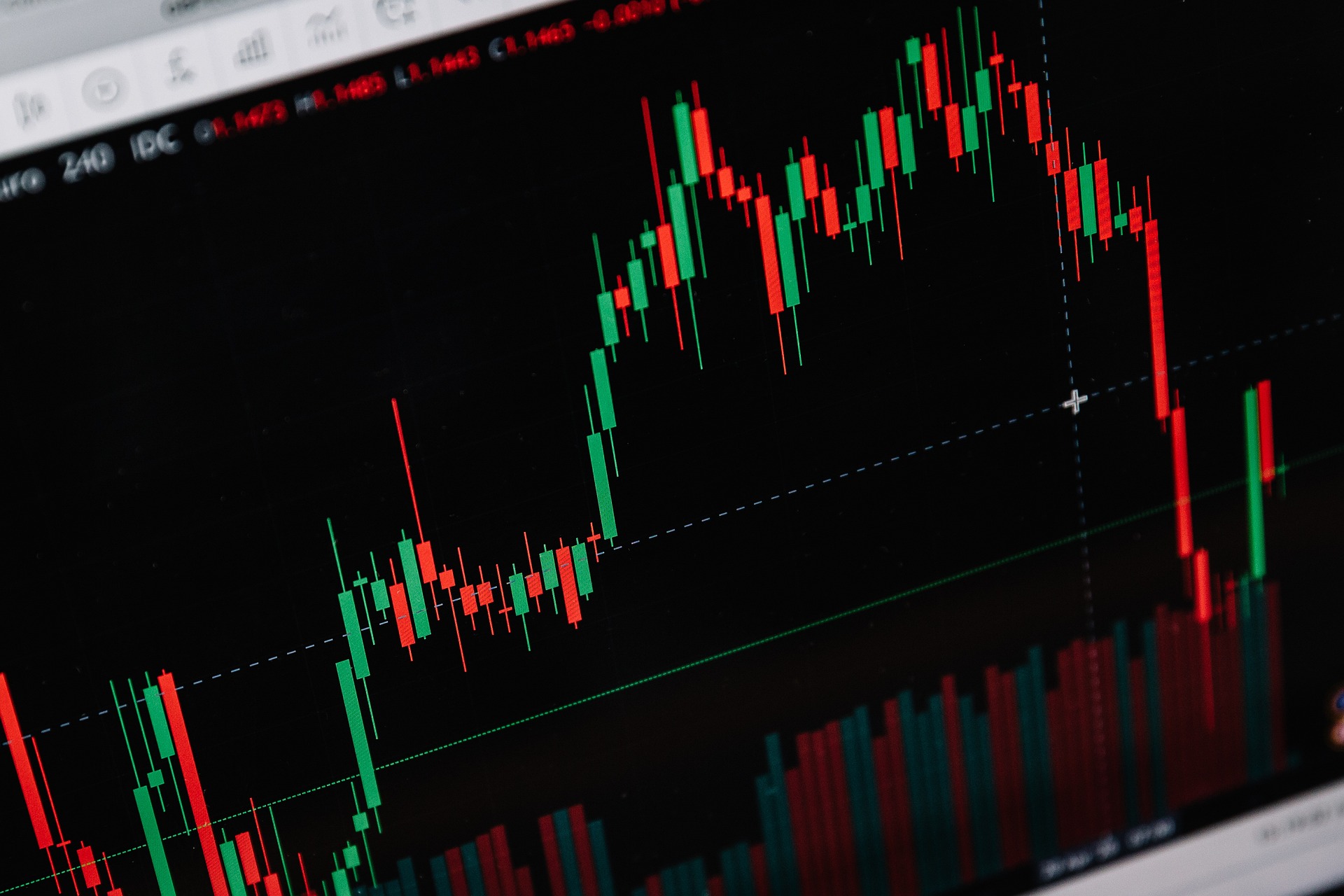The ever-shifting tides of the Forex market are influenced by a multitude of factors, with economic indicators playing a pivotal role in shaping currency valuations. These indicators, encompassing data points like inflation rates, GDP figures, and unemployment statistics, provide valuable insights into the economic health of a nation. By analyzing these metrics, Forex traders can gauge investor sentiment and anticipate potential shifts in currency values, ultimately informing their trading strategies and bolstering decision-making capabilities.
Understanding Economic Indicators
In the world of Forex trading, a foundational grasp of economic indicators is paramount. These indicators serve as vital tools for traders seeking to navigate the complexities of the global currency market. Economic indicators, in essence, are statistical metrics that offer insights into the economic health of a country. They are crucial for predicting economic trends, providing traders with valuable information to make informed decisions.
Economic indicators can be broadly categorized into three types: leading, lagging, and coincident indicators. Leading indicators, as the name suggests, precede changes in economic activity, offering a glimpse into potential future trends. Lagging indicators, on the other hand, confirm long-term trends, validating the trajectory of an economic shift. Coincident indicators reflect the current state of the economy, providing real-time information about its performance.
Traders keen on mastering the Forex market recognize that a nuanced understanding of these economic indicators is akin to possessing a compass in an ever-changing financial landscape. As we delve deeper into the specific indicators and their implications, the intricate dance between economic data and currency values becomes increasingly evident.
Key Economic Indicators in Forex Trading
To better comprehend the intricacies of Forex trading, let’s delve into the key economic indicators that wield significant influence over currency values. The following table succinctly outlines these pivotal indicators, setting the stage for a comprehensive exploration.
| Indicator | Description | Significance in Forex Trading |
| Gross Domestic Product | Total value of goods and services produced within a country’s borders | Reflects the overall economic health and performance |
| Consumer Price Index | Measures the average change in prices paid by consumers | Indicates inflation trends and impacts currency values |
| Unemployment Rate | Percentage of the workforce that is unemployed | High unemployment rates can lead to economic instability |
| Interest Rates | Rates set by central banks, influencing borrowing costs | Significant impact on currency values, closely monitored by traders |
| Trade Balance | Difference between a country’s exports and imports | Positive balance strengthens currency, while a negative balance weakens it |
| Retail Sales | Insights into consumer spending patterns | Reflects the overall health of an economy, influencing currency values |
Now, let’s explore each of these key economic indicators in more detail, understanding their nuances and how they shape the landscape of Forex trading.
Impact of Economic Indicators on Currency Values
The impact of economic indicators on currency values is profound and multifaceted. Let’s explore this influence through two distinct perspectives: how economic indicators affect currency values directly and how they influence market sentiment indirectly.
Direct Impact on Currency Values:
- Gross Domestic Product (GDP):
- Strong GDP growth signals a robust economy, attracting foreign investment and strengthening the domestic currency.
- Conversely, sluggish GDP growth or contraction may lead to currency depreciation as investors seek more stable investment opportunities elsewhere.
- Consumer Price Index (CPI):
- High CPI indicates inflation, eroding the purchasing power of a currency.
- Central banks may respond by raising interest rates to combat inflation, which can attract foreign investment and strengthen the currency.
- Interest Rates:
- Higher interest rates attract foreign investment seeking higher returns, leading to currency appreciation.
- Conversely, lower interest rates can lead to currency depreciation as investors seek higher returns elsewhere.
Indirect Impact on Market Sentiment:
- Unemployment Rate:
- High unemployment rates indicate economic weakness, dampening investor confidence and leading to currency depreciation.
- Low unemployment rates signal economic strength and can boost investor confidence, supporting currency appreciation.
- Trade Balance:
- A positive trade balance, indicating higher exports than imports, strengthens the domestic currency as it reflects economic competitiveness.
- Conversely, a negative trade balance may weaken the currency as it implies reliance on foreign goods and services.
- Retail Sales:
- Strong retail sales signal robust consumer spending and economic growth, bolstering investor confidence and supporting currency appreciation.
- Weak retail sales may indicate economic contraction, leading to currency depreciation as investors seek more stable currencies.
Understanding the interplay between these economic indicators and currency values is essential for Forex traders to anticipate market movements and make informed trading decisions.
Strategies for Trading Based on Economic Indicators
Navigating the Forex market successfully requires not just an understanding of economic indicators but also the ability to formulate effective trading strategies based on this information. Here are some proven strategies for trading based on economic indicators:
- Trend Following:
-
- Identify the prevailing trend by analyzing economic indicators.
- Enter trades in the direction of the established trend.
-
- News Trading:
-
- React swiftly to significant economic announcements.
- Capitalize on short-term market volatility triggered by the release of economic data.
-
- Range Trading:
-
- Identify periods of economic stability reflected in indicators.
- Trade within the established range, buying at support and selling at resistance levels.
-
- Carry Trading:
-
- Utilize interest rate differentials indicated by economic data.
- Go long on currencies with higher interest rates and short on those with lower rates.
-
- Breakout Trading:
-
- Monitor economic indicators for potential market-moving events.
- Enter trades when the market breaks out of established ranges post-economic releases.
-
Remember, these strategies involve a mix of technical and fundamental analysis, and there’s no one-size-fits-all approach. Traders often combine multiple strategies or adapt them based on the current market conditions. It’s crucial to continuously evaluate and refine your strategies as market dynamics evolve and new economic data emerges. Successful Forex trading requires flexibility, adaptability, and a deep understanding of how economic indicators influence market behavior.
Risks and Challenges
Navigating the Forex market based on economic indicators is not without its share of risks and challenges. Understanding these pitfalls is crucial for traders aiming for sustainable success.
- Market Volatility: The dynamic nature of Forex markets, especially around the release of economic indicators, brings inherent volatility. Sudden price fluctuations can lead to unexpected losses, emphasizing the need for risk management strategies.
- Overreliance on Single Indicators: Relying too heavily on a single economic indicator poses a significant risk. Economic conditions are multifaceted, and a comprehensive view requires considering various indicators to avoid making decisions based on incomplete information.
- Balancing Act: Achieving the right balance when interpreting economic indicators is challenging. Traders must discern between short-term fluctuations and long-term trends, avoiding knee-jerk reactions to temporary market movements while staying alert to substantial shifts.
These risks underscore the importance of a well-thought-out trading plan, including risk management measures and a holistic approach to interpreting economic data. A nuanced understanding of the risks and challenges ensures that traders can navigate the Forex market effectively and make informed decisions

